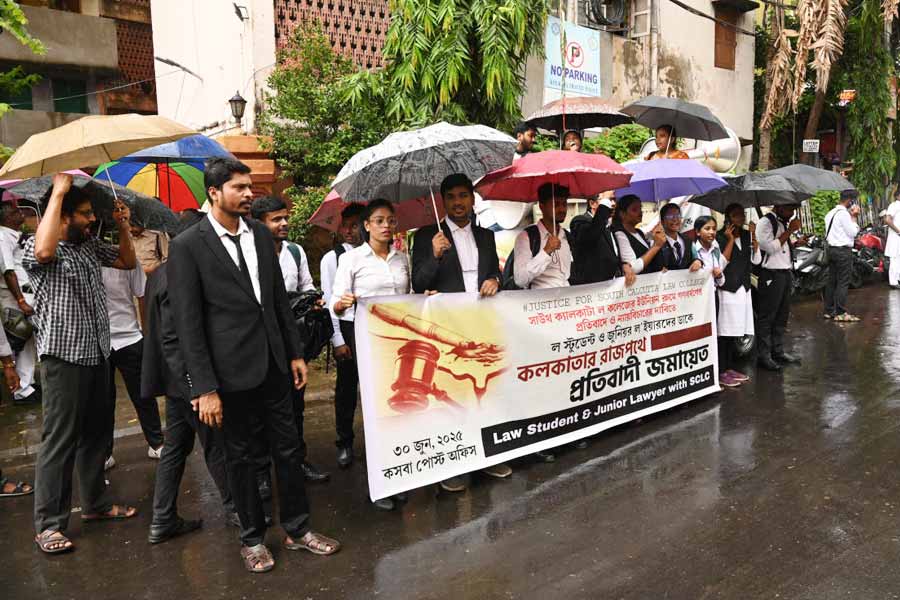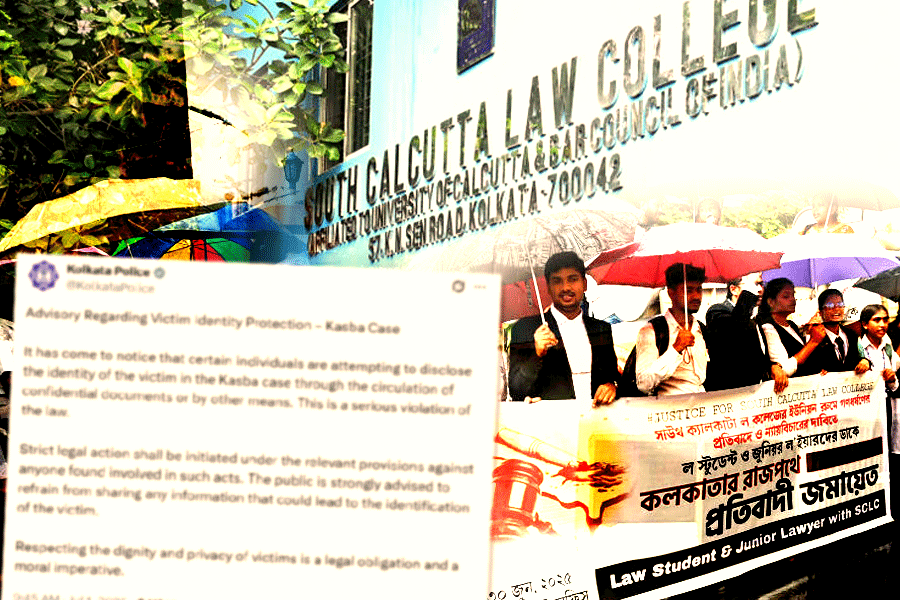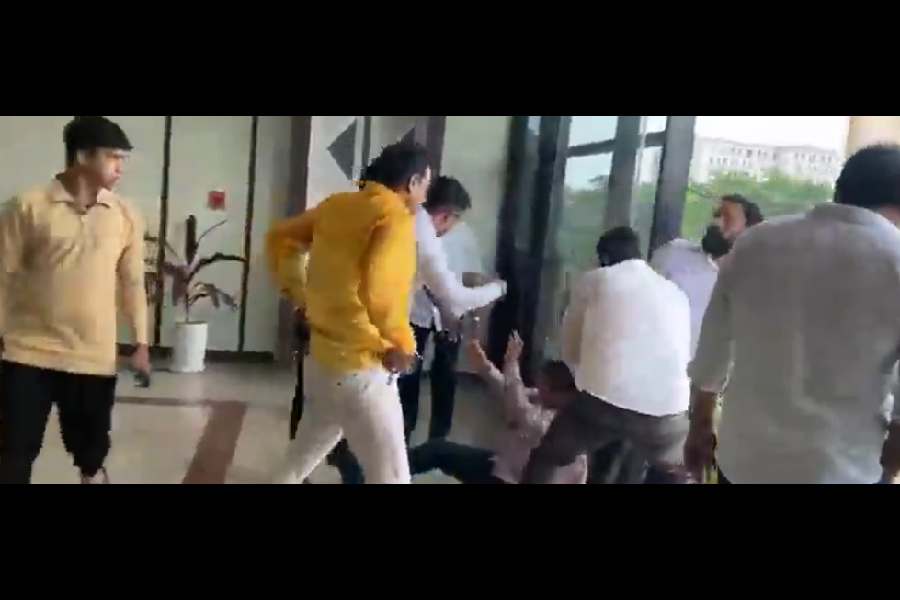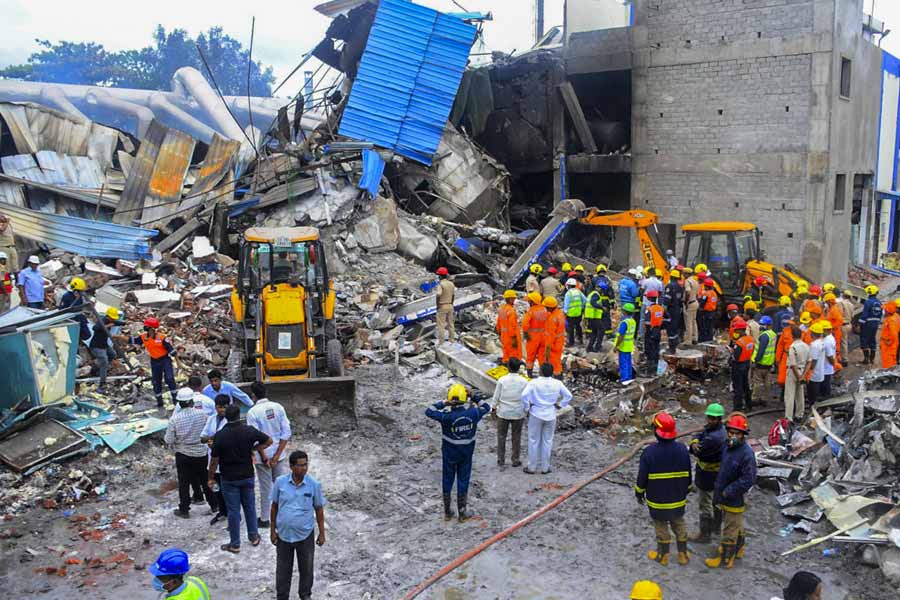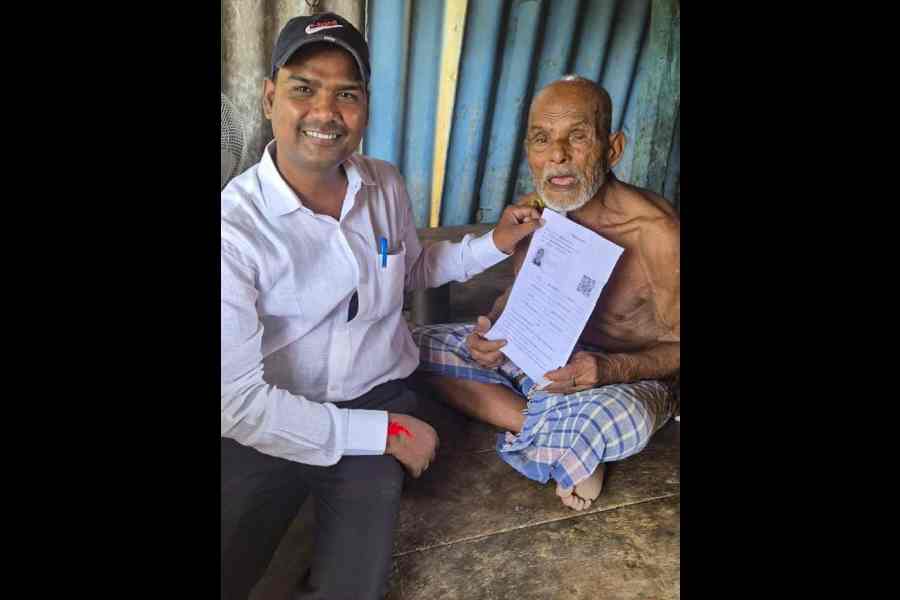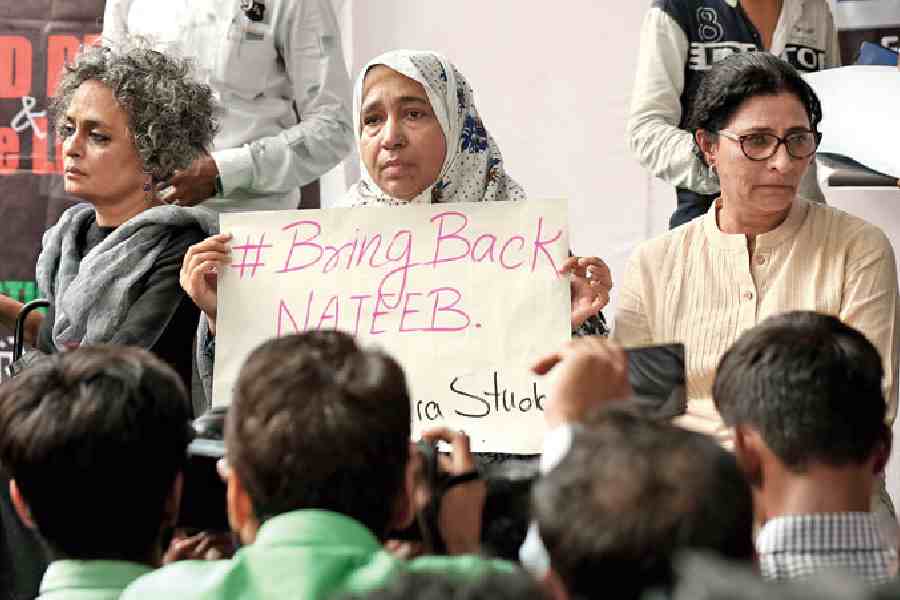 |
 |
 |
 |
| (From top ): A view of the Angkor Wat complex; the auto-rickshaw remains the most popular form of transport; the Banteay Srei entrance with a scene from the Mahabharata; the faces of the Avalokiteswara carved on the Bayon temple |
It was Michael Freeman, the renowned author and photographer who planted the idea in our heads. “You’ve been to Thailand more than 30 times,” he exclaimed. “And yet you have never stepped into Cambodia.” To drive home his point, he reached into his bookshelf and brought out his lavishly illustrated works on Khmer art and architecture.
From the moment we leafed through those opulent volumes, it was only a matter of time before we headed to Khmer country. And Angkor Wat is so sprawling and huge that we realised right from the beginning that this would be a trip with a single point agenda. Is there anything more that you can do when you go to Cambodia? A lot, really, but if you are going the first time, it’s probably better to concentrate on Angkor.
We crafted the three-day trip entirely on our own, starting with getting our visas from Delhi, landing in Bangkok, scouring the sois (districts) of the city for travel agents, and getting the latest packages where you could tailor your flights, hotels and sights. With so many choices from Calcutta to Bangkok, that part of the programme is a given. The Indian Airlines daytime flight timings are vastly more convenient into Bangkok. We spent a day there to plan the perfect itinerary for Cambodia.
After scouting the city, we finally zeroed in on a two-night, three day package, that cost around Rs 20,000. For the price, we got a round trip on the brand-new Bangkok Airways planes to Siem Reap, where the Angkor temples are situated and a four-star hotel stay with breakfast thrown in. The package came with a few add-ons, like airport transfers, a private English-speaking guide, entrance to all temple complexes and museums, and a farewell banquet with a cultural programme thrown in. There are, no doubt, other ways of getting to Cambodia, by surface transport, but that is a matter of personal choice.
There are other options, To take one example, for another Rs 4,000, you could fly on to Phnom Penh and see the Silver Pagoda, the Royal Palace and a museum that showcases the horrors of the Killing Fields.
Remember that umbrellas are an important part of the tour luggage, if you are in Cambodia (or Thailand or Vietnam) in September and October. We landed in driving rain and a lush over-inundated countryside. There was a long line of people who had decided to get their visas on arrival (cost: $20). We’d been smart and got our visas in advance, so we were the first out of the Siem Reap International airport and into a waiting car with a guide who stayed with us throughout the three days. He knew fluent English and had an even better knowledge of Khmer history.
Angkor stretches over some 400 sq km, including forested area. The Angkor Archaeological Park contains the magnificent remains of the different capitals of the Khmer Empire, from the 9th century to the 15th century. Most importantly, there’s the famous Temple of Angkor Wat. Also, at Angkor Thom, there’s the Bayon Temple with its countless sculptural decorations. Angkor, the capital of the ancient Khmer empire was founded by King Jayavarman II around the 9th century, but reached its pinnacle of glory in the 12th century under Kings Suryavarman II and Jayavarman VII.
On the way, we spotted a few great-looking hotels ? there are dozens we are told, with an average price tag of $50 for a double. Our hotel, the Borei Angkor, was a pleasant surprise, a new hotel done in traditional style with a magnificent mahogany staircase. The hotel, which has used large amounts of the beautiful local wood, is done in muted colours and has very luxurious rooms.
Landing in the afternoon, the tour starts with Tonle Sap, or Great Lake, where you travel by boat to visit the local Khmer and Vietnamese people at the floating village. There is time left for a visit to Les Artisans D’Angkor, an NGO-funded set-up sure to ignite sympathy in the most hard-hearted. There are people with all kinds of disabilities, from deaf-mutes to those who have lost limbs during the Pol Pot era.
At Les Artisans D’Angkor they are employed as craftspeople working on stone, wood and silk. It’s expensive but you can’t help buying the products. But be warned, the same weaves, and cane-work can be bought from roadside vendors, whose prices are infinitely cheaper. And be warned once again, even the most ragged and impoverished-looking Cambodian will only talk in terms of US dollars. Perhaps it’s because the local currency requires you to shell out notes in denominations of tens of thousands. Four thousand riel is just a dollar.
Angkor Wat, essentially a Hindu temple, was constructed over a period of 30 years, and illustrates some of the most beautiful examples of Khmer and Hindu art. The complex is spread out over 81 hectares, and has five towers, that are believed to represent the five peaks of the mythical Mount Meru, the very centre of the world. Angkor Wat features the longest continuous bas-relief in the world, which runs along the outer gallery walls, narrating stories from Hindu mythology. One of the must-sees is the samudramanthan, which you see in bas relief in the first gallery. As you enter from the south gate, there are gigantic devas and asuras on either side holding Nagas.
The not-to-be-missed temples, apart from the major Angkor Wat complex, are the Angkor Thom Bayon temple ? a Mahayana Buddhist temple with 54 towers with the faces of the Avalokiteswara carved into them. There’s also the Ta Prohm temple, famous for the banyan tree growing all over it ? it’s the site where some scenes of Lara Croft, Tomb Raider were shot. Our guide made me pose at the very same spot. The temples at Banteay Srei, a confection of pink sandstone, are also well worth a look. Also part of the itinerary, time permitting, 40km north of Siem Reap, is the River of a Thousand Lingams.
There’s heaps more to fill the three days. We spent hours wandering through night markets and tasting the local food like the rice-paper wrapped spring rolls and satay. Then, we took a $5 ride around the city in a rickshaw to complete the full local flavour experience. Looking at the motorised version we were in, made us wonder if we couldn’t prolong our own hand-drawn ones a while longer ? they are less polluting, give employment and are an icon of our city.
Photographs of auto-rickshaw and the Bayon temple by the author


